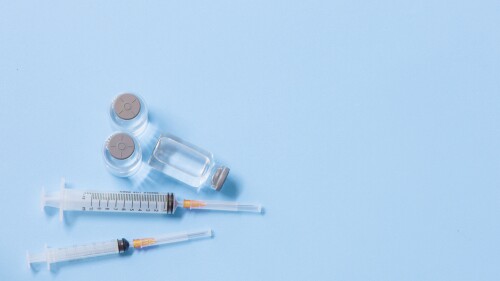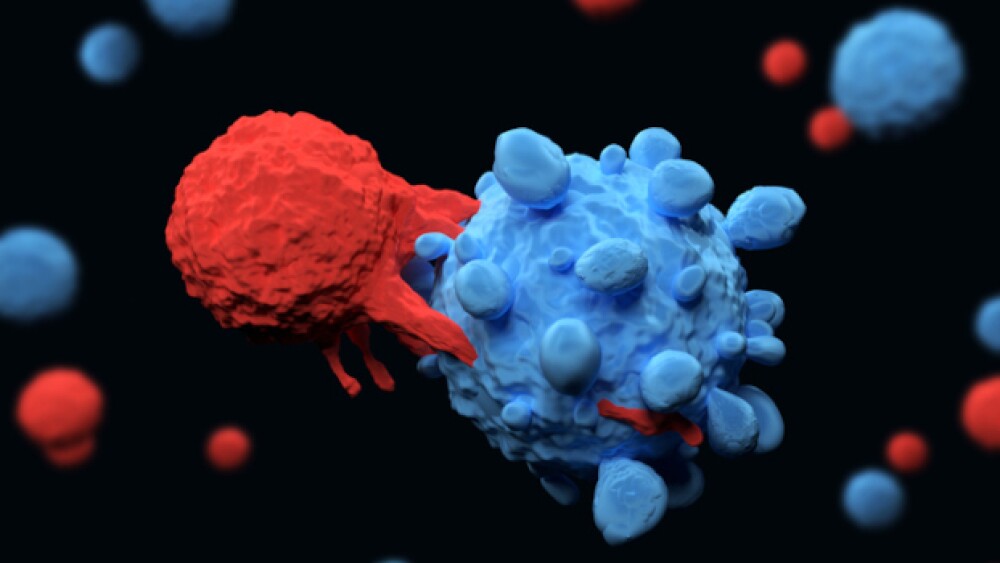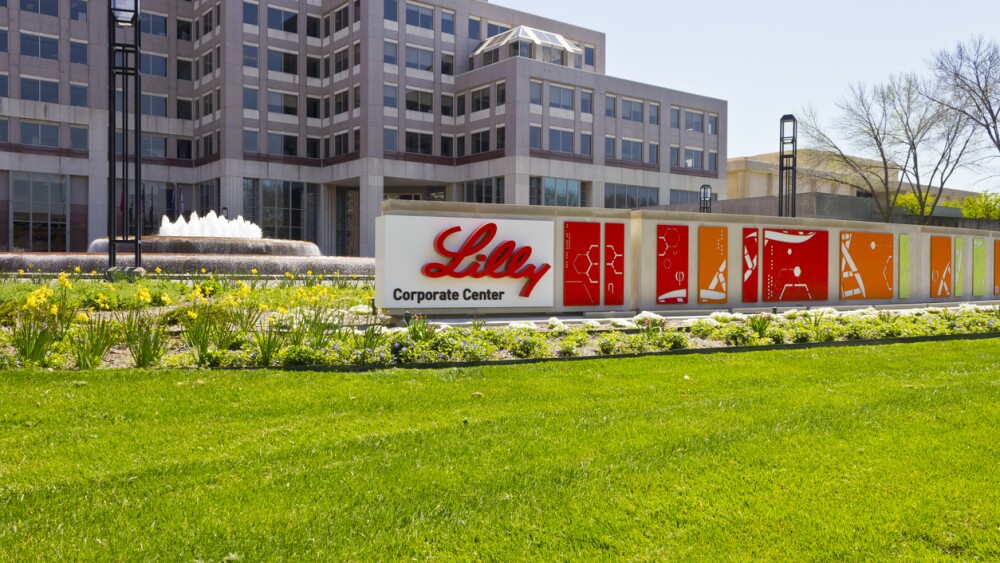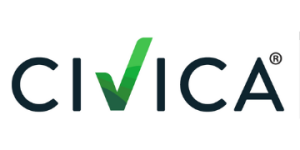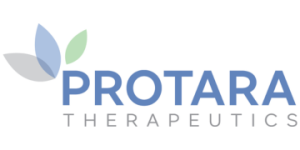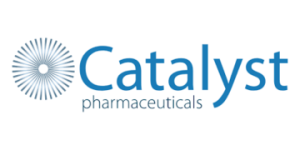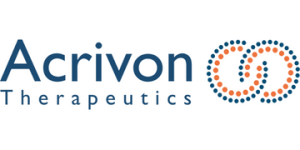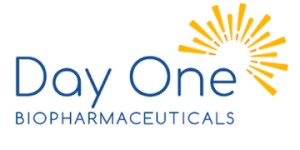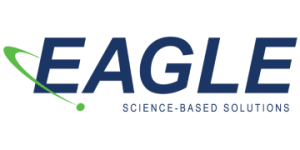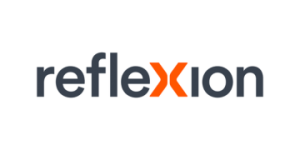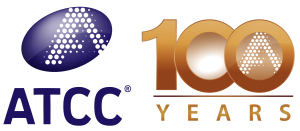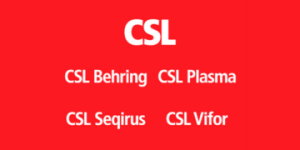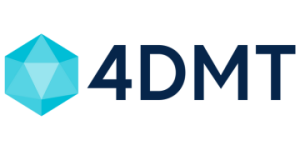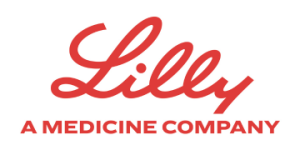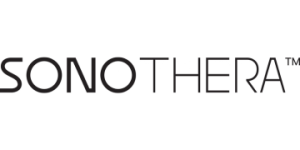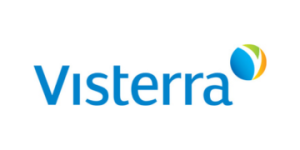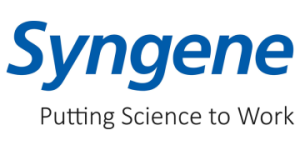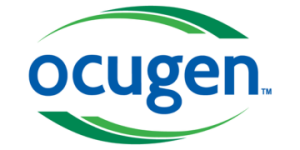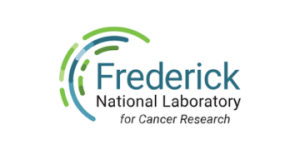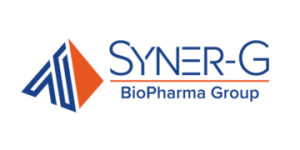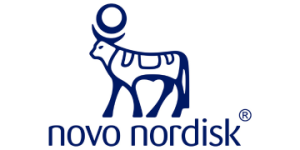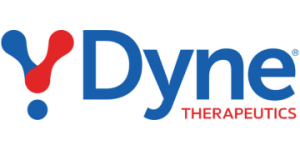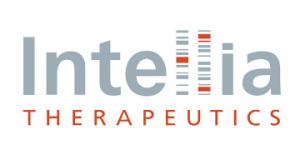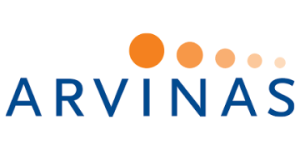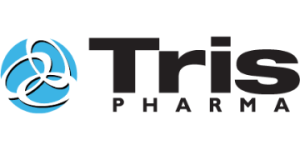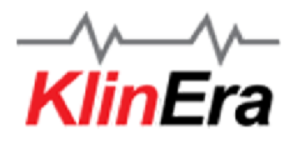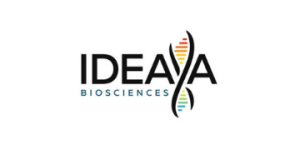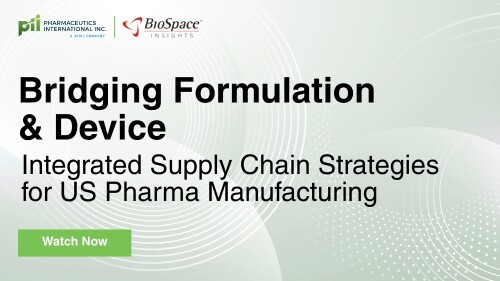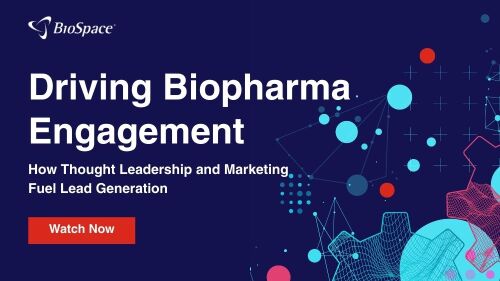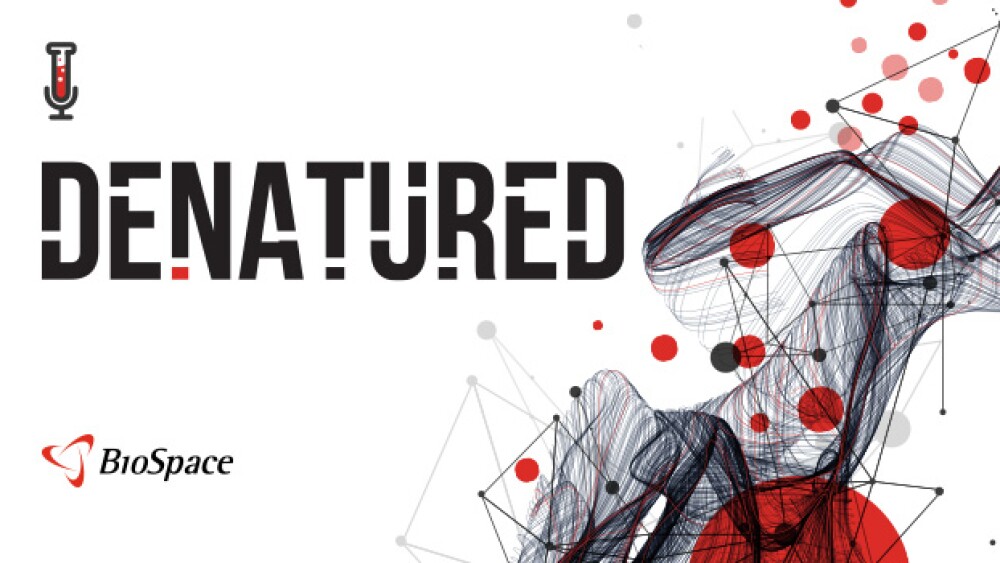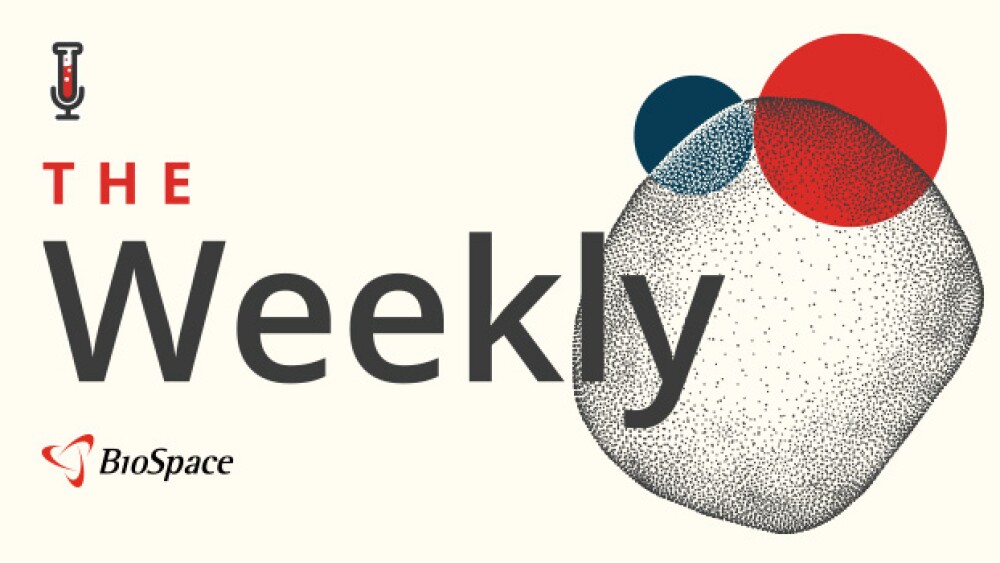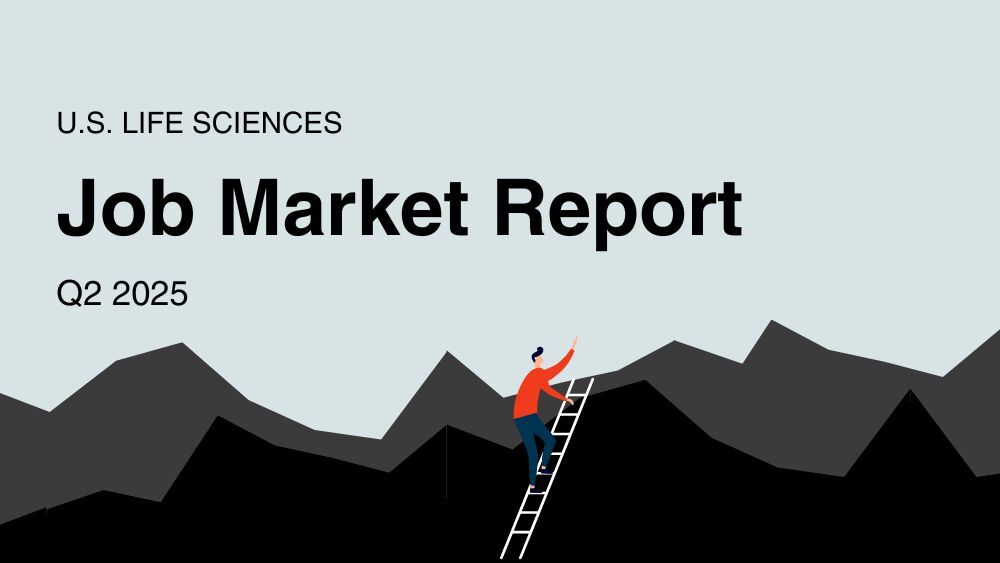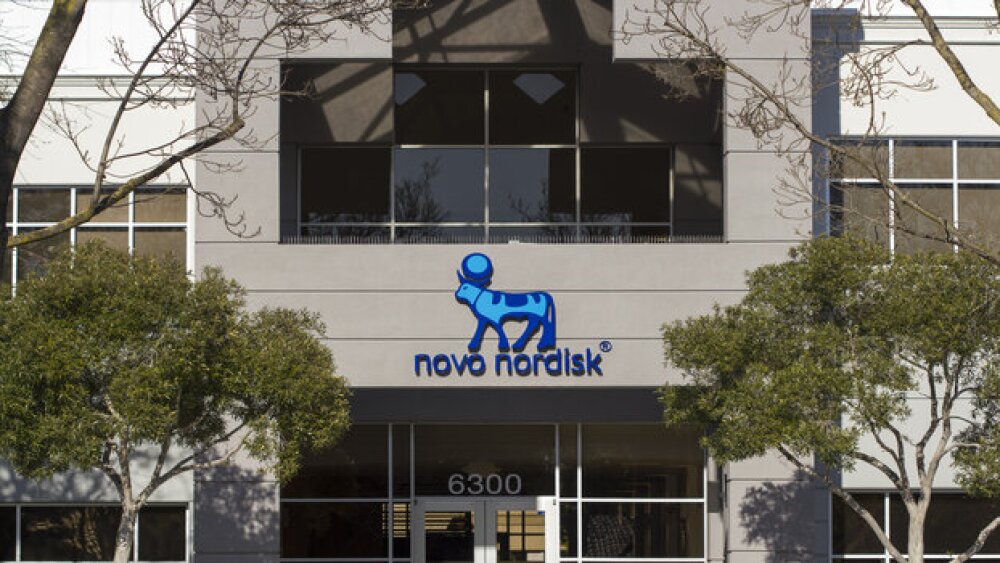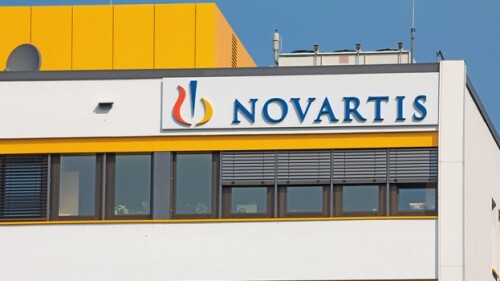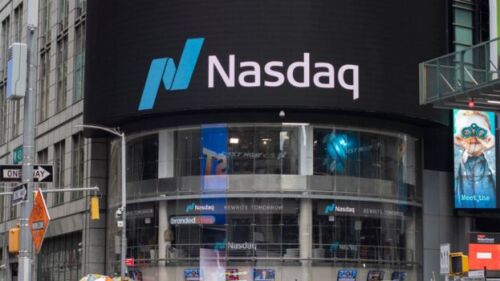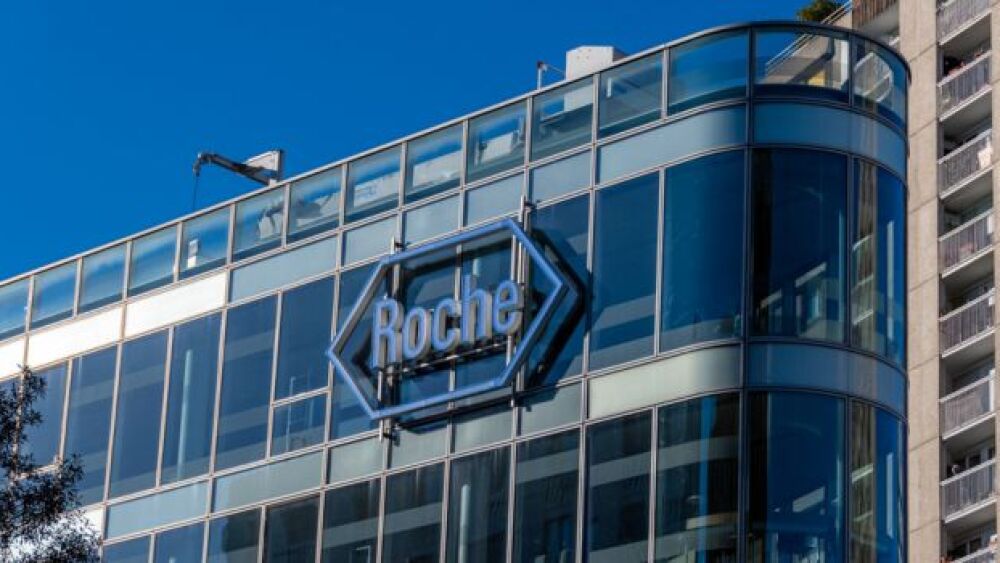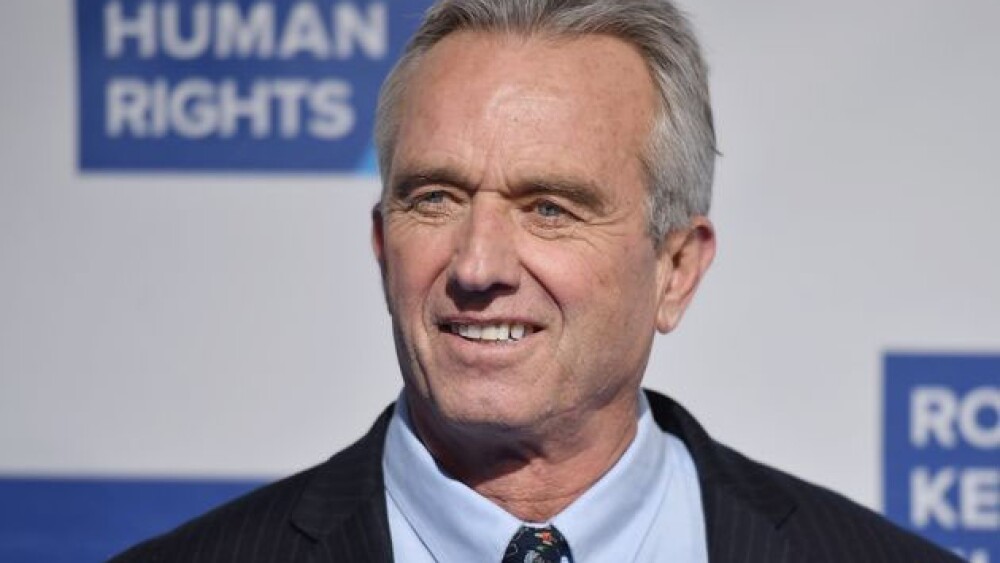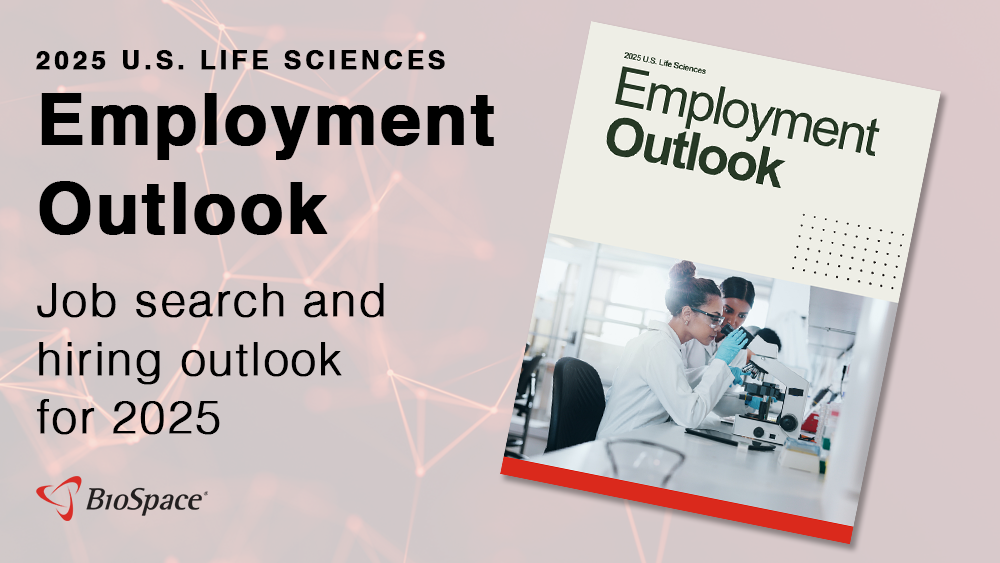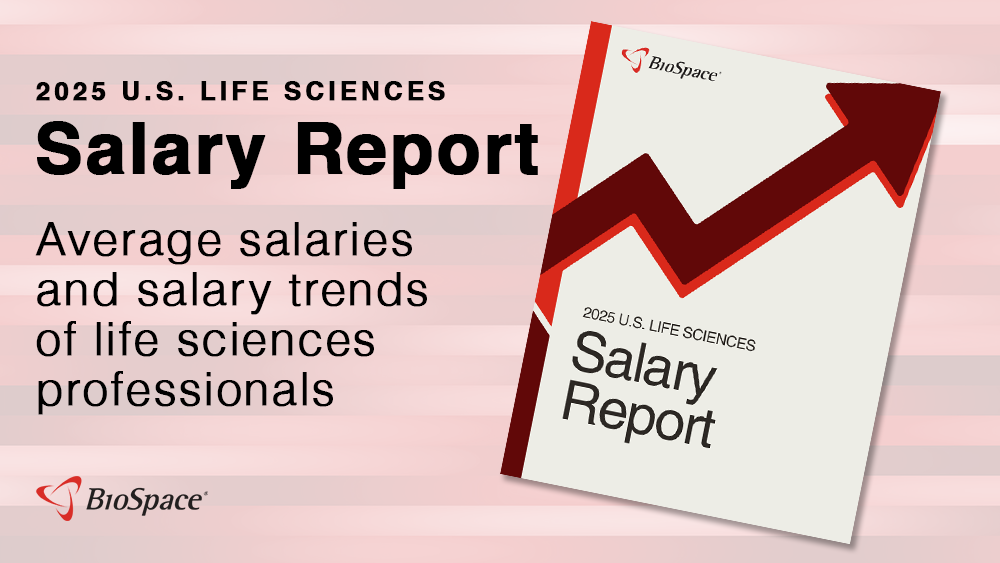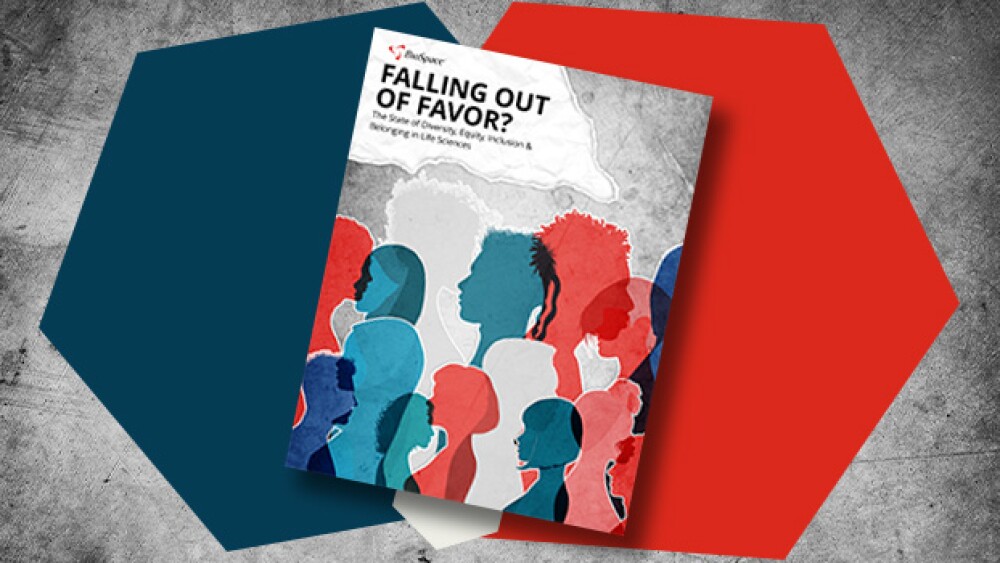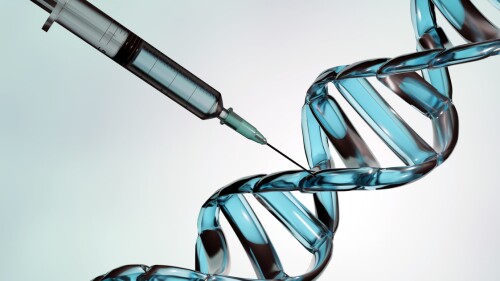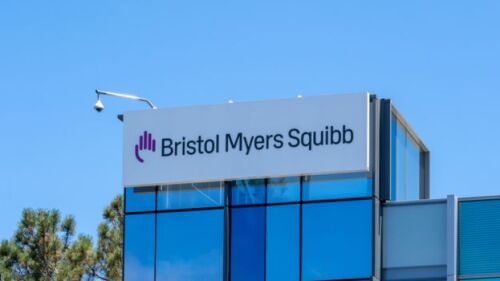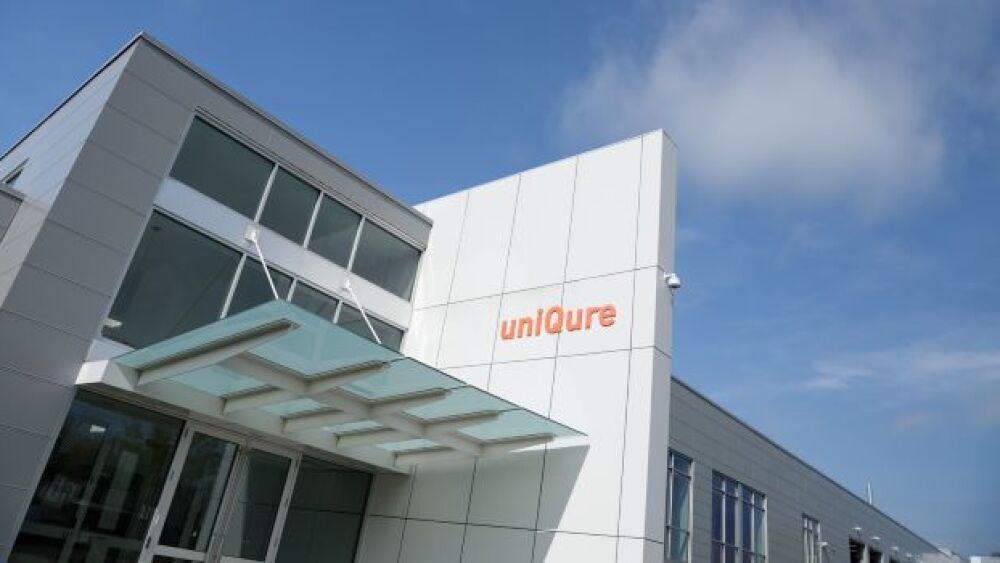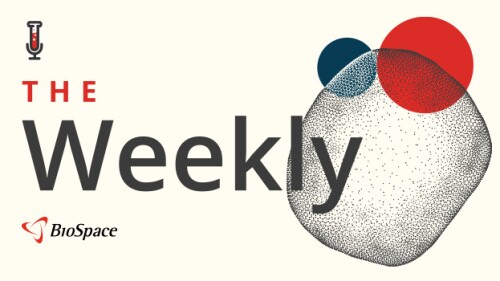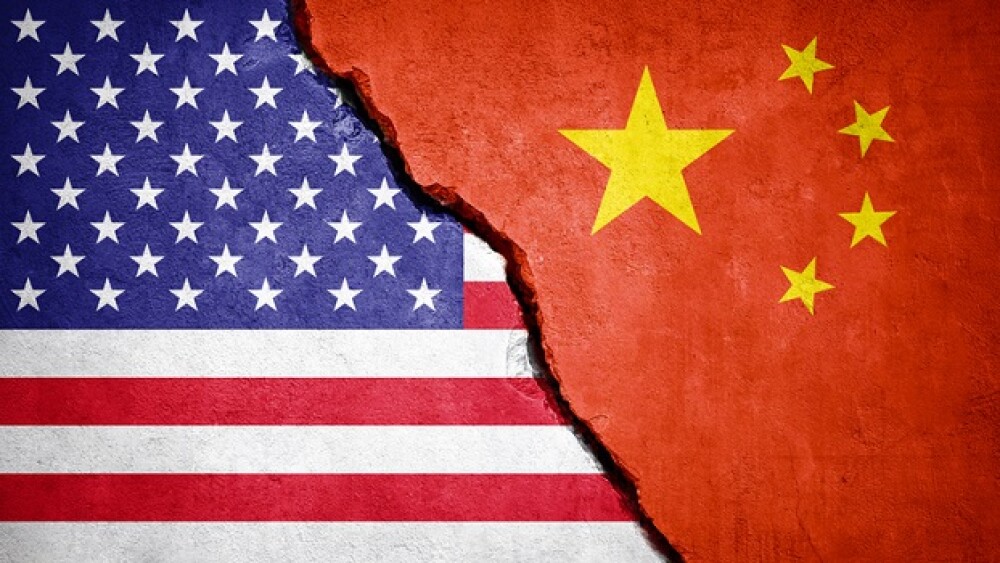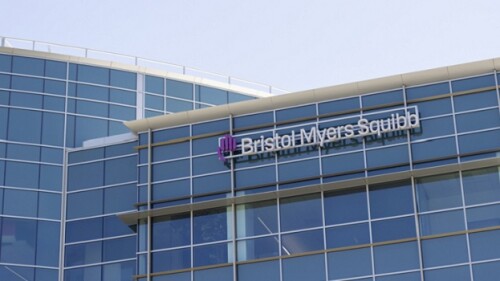The voluntary pauses follow two patient deaths associated with the Duchenne muscular dystrophy gene therapy.
A retrospective cohort study found that semaglutide and tirzepatide are linked with significantly lower risks of dementia and stroke, hinting at potential neuroprotective effects of GLP-1 therapies.
Sarepta Therapeutics faces serious FDA action after news broke of a third patient death, the FDA gets a new top drug regulator in George Tidmarsh, a handful of new drugs get turned away from the market and pharma companies continue to commit billions to reshoring manufacturing.
BMO Capital Markets pointed to FDA leadership, and CBER Director Vinay Prasad in particular, as potential factors in the agency’s decision to issue a complete response letter for Replimune’s viral treatment RP1 for advanced melanomas. Shares of the company tumbled 75% on Tuesday.
The acquisition, which will give Sanofi a combination vaccine for respiratory syncytial virus and human metapneumovirus, follows the pharma’s potential $1.4 billion COVID vaccine licensing deal with Novavax last year, plus a number of other big-ticket commitments outside of the vaccine space.
The money will focus on a manufacturing plant in Virginia that will make the company’s weight management and metabolic drugs like the hypertension drug baxdrostat and oral GLP-1 therapies.
FEATURED STORIES
In a tough fundraising space, cell therapy biotechs pursuing autoimmune indications review staffing to ensure the right expertise is in place to tackle the new disease area.
A suit against Novartis and Vitaris by Henrietta Lacks’ estate hinges on questions about the morality and legality of using the line for biopharmaceutical research.
Multiple players are exploring whether modalities designed to combat B cell malignancies can be repurposed against lupus, myasthenia gravis and other conditions traced to misdirected immune response.
This year has seen several biopharma companies drop Alzheimer’s and Parkinson’s disease programs, but experts say plenty are still chasing these multi-billion-dollar markets.
While some of the initial excitement around immunotherapies has waned, companies—particularly smaller biotechs—are developing newer iterations that will take cancer care to the next level.
Lilly CEO Dave Ricks in Wednesday’s third-quarter earnings call acknowledged that the company is at the mercy of wholesaler stocking decisions.
LATEST PODCASTS
Listen to this in-depth discussion on how AI can help identify end-to-end data weaknesses, as well as broader implications regarding the inevitability of human interaction, with guests from GSK, IQVIA, Exelixis and DataHow.
This week on The Weekly we talk struggles with GLP-1 drug shortages and what that might mean for Novo and Lilly competitors; Regeneron and Sanofi positive results for Dupixent in COPD. Plus, Merck buys Caraway, Beigene’s deal with Ensem, ups and downs for Flagship.
CRISPR gene-editing has had its first ever approval in the UK. Will the FDA follow suit? What can patients expect the price tag to be?
Job Trends
Looking for a biopharma job in San Diego? Check out these top five companies hiring life sciences professionals like you.
Subscribe to Genepool
Subscribe to BioSpace’s flagship publication including top headlines, special editions and life sciences’ most important breaking news
SPECIAL EDITIONS
In this deep dive, BioSpace explores the next big thing in obesity.
BioSpace did a deep dive into biopharma female executives who navigated difficult markets to lead their companies to high-value exits.
BioSpace data show biopharma professionals faced increased competition for fewer employment opportunities during the second quarter of 2025, with increased pressure from further layoffs.
DEALS
-
While analysts are bullish on Novo Holdings’ $16.5 billion acquisition of Catalent, they say it raises questions for companies that have contracted the CDMO for manufacturing.
-
The Swiss pharma’s dealmaking momentum continues in early 2024 with the acquisition of German biotech MorphoSys in an effort to strengthen its oncology portfolio.
-
Metagenomi could potentially raise over $100 million if the underwriters exercise their option to purchase additional shares in full, assuming an initial public offering price of $16 per share.
-
The investment arm of the Novo Nordisk Foundation is acquiring contract development and manufacturing organization Catalent to help meet high demand for Ozempic and Wegovy.
-
Alto Neuroscience and Fractyl Health provided further momentum to the recent spate of biotech initial public offerings, with both companies going public on Friday morning in respective $128 million and $110 million IPOs.
WEIGHT LOSS
-
Roche’s oral GLP-1 receptor agonist CT-996—obtained in the $2.7 billion acquisition of Carmot Therapeutics—reduced body weight by more than 6% at four weeks versus placebo in a Phase I trial.
-
Pfizer selects its candidate for the oral GLP-1 race as Eli Lilly strives to overtake Novo Nordisk in the injectable weight-loss drug space. Meanwhile, pressure builds to reduce drug prices in the U.S.
-
To help keep pace with the demand for GLP-1 therapies, CordenPharma has announced a sizeable $980 million investment in its U.S. and European sites.
-
Some analysts say so, and a recent study suggested Lilly’s tirzepatide beat Novo’s semaglutide at inducing weight loss, but there are other factors in the market race.
-
Despite recent concerns about suicidality and other neuropsychiatric issues, a recent study has found that Novo Nordisk’s Ozempic (semaglutide) is associated with lower risks of dementia, cognitive deficit and nicotine misuse.
POLICY
-
Robert F. Kennedy, Jr.’s recent disclosures have revealed several potential conflicts of interest, including investments in two biopharma companies.
-
The U.S. Court of Federal Claims ruled that Vanda cannot claim a breach of confidentiality for specifications that it did not develop itself.
-
At J.P. Morgan, most biopharma executives expressed a neutral stance on the incoming administration, but just days later, President Trump issued multiple executive orders that concern the industry.
-
Biopharma executives shared their thoughts on the potential impacts of the new administration; Annalee Armstrong recaps JPM and her talks with Biogen, Gilead, Novavax and more; Wegovy’s higher dose induces more weight loss; AstraZeneca and Daiichi Sankyo’s Dato-DXd scores its first FDA approval.
-
Drugmakers will have until the end of February to decide whether they want to participate in the second round of Medicare negotiations or not. CMS has until June 1 to send an initial offer for the adjusted prices.
Whether your controlling coworker wants to hold onto the data for their own use or refuses to compromise with you. Whatever, it is, it can lead to various problems.
Are you willing to relocate internationally to further your career? It can be a difficult decision with much to consider including language, cultural and industry differences.
Keep these tips for virtual meetings in mind the next time you’re getting ready to log on to a video conference and want to keep your attention span in check.
You can use a time management tool In order to exceed your office productivity while working from home. Here’s one such tool that you can use and boost performance.
BioSpace interviewed Dr. Heike Blockus, an associate research scientist at Columbia University. Blockus shared her thoughts on the neuroscience career path.
Now that a majority of us are working remotely, and it may stay like that for the foreseeable future, one thing we’ve left behind is the commute to the office.
HOTBEDS
IN CASE YOU MISSED IT
Health Secretary Robert F. Kennedy Jr. will appear before the Senate Finance Committee Thursday, ahead of a vaccine advisory committee meeting later in September. Meanwhile, deal-making appetite appears healthy, and the weight loss space continues generating clinical data and other news.
REPORTS
In this Employment Outlook report, BioSpace explores current workforce sentiment, job activity trends and the prospective job and hiring outlook for 2025, particularly as it compares to the previous year.
BioSpace’s third report on diversity, equity, inclusion and belonging in life sciences examines dramatic shifts in attitude around diversity initiatives.
CANCER
-
The pediatric patients, with a rare neurodegenerative disease, were treated with bluebird bio’s Skysona to slow the progression of neurologic dysfunction. Six patients developed myelodysplastic syndrome and one patient developed acute myeloid leukemia.
-
After several high-profile failures, including BMS’ $1.5B breakup with Agenus, anti-TIGIT therapies are generating cautious optimism.
-
Opdivo’s approval for patients with resectable non-small cell lung cancer comes as the regulator recently raised concerns of overtreatment with this type of therapeutic regimen with platinum-doublet chemotherapy.
-
The acquisition was featured Monday in Roche’s Pharma Day presentation, which also included projections of more than $3 billion in annual sales from three early-stage obesity and diabetes drugs.
-
Six months after treatment with the radiopharmaceutical therapy, 77.8% of patients with meningioma were alive and had not experienced further disease progression, beating the 26% benchmark established in earlier studies.
NEUROSCIENCE
-
Following a disappointing readout last year, uniQure on Tuesday posted promising Phase I/II data for its investigational gene therapy AMT-130 and nabbed the first-ever Regenerative Medicine Advanced Therapy designation from the FDA in Huntington’s disease.
-
Patient assistance programs may actually be a two-way street, providing patients with drugs and companies with data.
-
Two CRLs from the FDA last week cited concerns with third-party manufacturers, while Indian CDMOs may make a bid for U.S. business if there is a decoupling from Chinese companies under the BIOSECURE Act.
-
Donanemab, which will be marketed as Kisunla, will compete with Biogen and Eisai’s Leqembi.
-
After back-to-back failures in 2021, Wave Life Sciences has finally aced a Phase Ib/IIa Huntington’s disease trial and is looking to a potential accelerated approval for its investigational antisense oligonucleotide.
CELL AND GENE THERAPY
-
While Bristol Myers Squibb did not explicitly mention China as the company expands and diversifies its manufacturing capacity, Cellares said the BIOSECURE Act would be a boon to its own growth.
-
The regulator on Monday slapped Abeona Therapeutics with a Complete Response Letter for its investigational cell therapy pz-cel due to chemistry, manufacturing and controls issues.
-
Bristol Myers Squibb will be using Cellares’ Cell Shuttles, an automated production system capable of producing multiple cell therapies simultaneously, to potentially improve turnaround time to support the pharma’s CAR T cell therapies.
-
Following a months-long safety review, the regulator on Thursday said it is now requiring updated black box warnings for all commercially available CAR-T therapies to reflect the risk of secondary malignancies.
-
A one-time treatment for Parkinson’s disease could be a ‘market changer,’ experts told BioSpace, adding that cell therapies could limit the adverse effects seen with current drugs.








